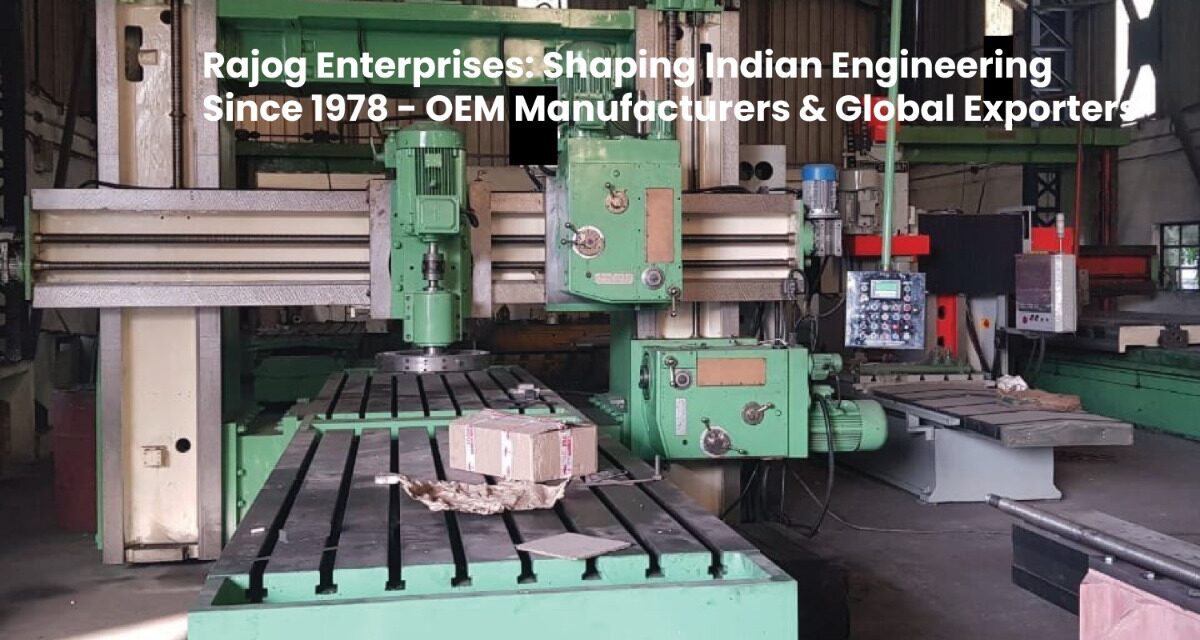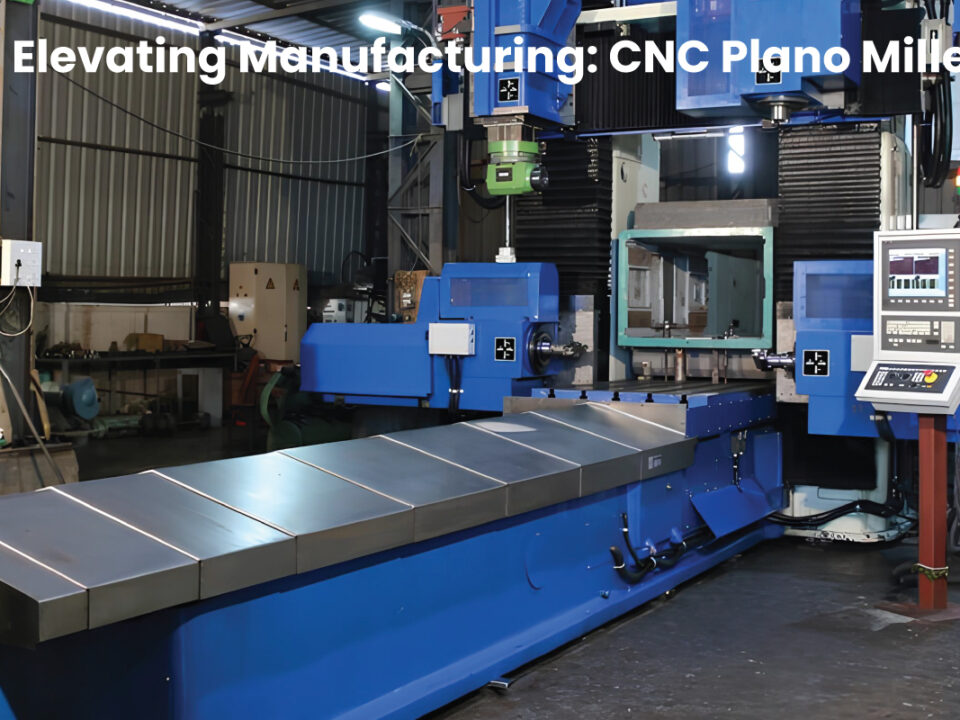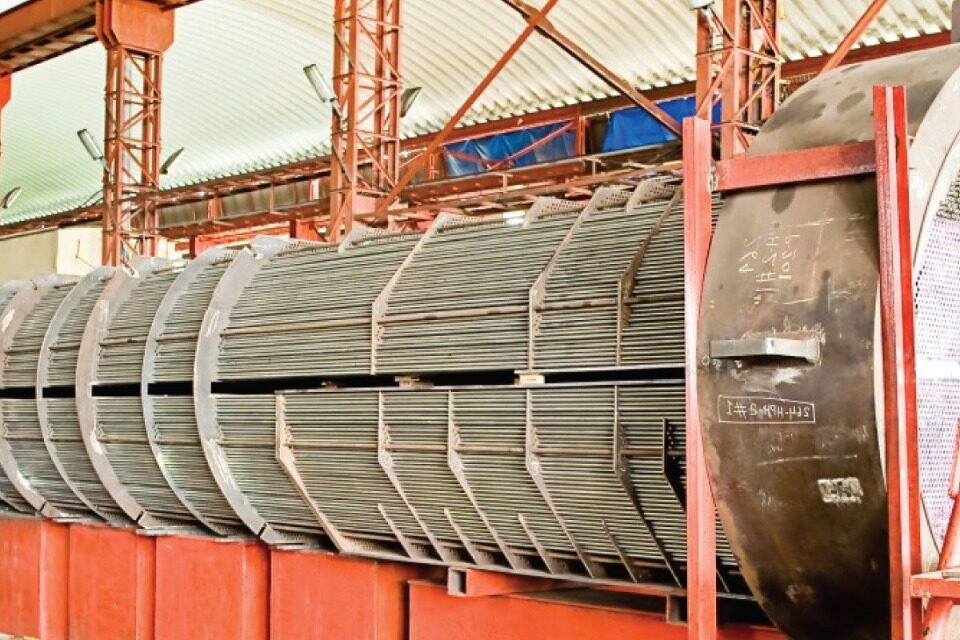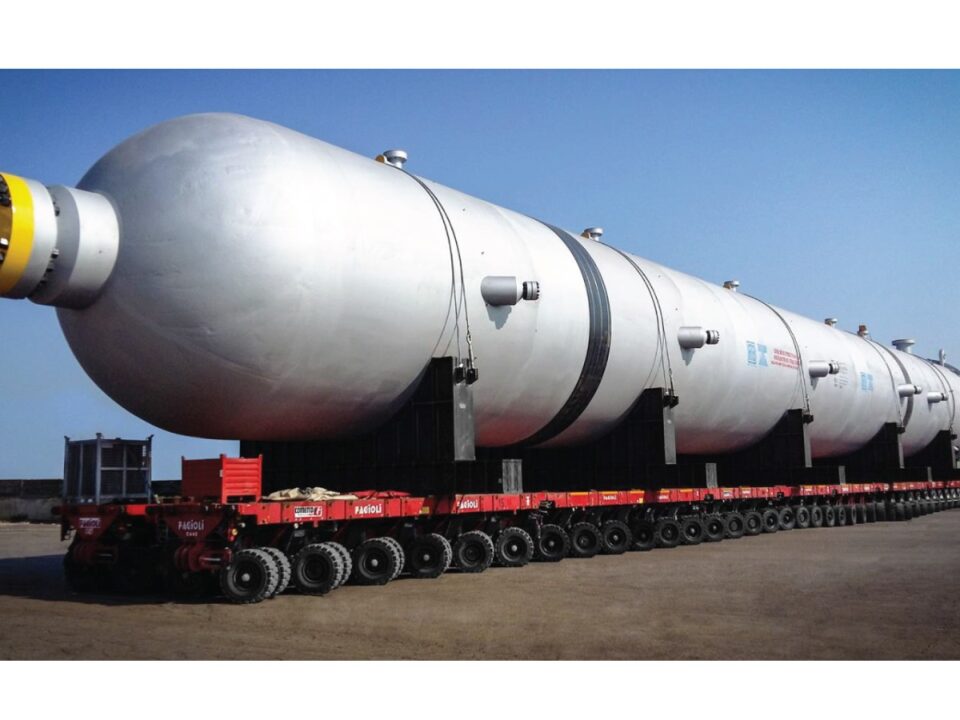Shaping the Indian Engineering system – Standardised use of Machines in Fabrications has brought Precision to the Rajog Engineering Process
Introduction: The Evolution of Indian Engineering
Engineering in India has a rich history dating back centuries. From the architectural marvels of ancient civilizations to the technological advancements of modern times, the Indian engineering landscape has continuously evolved. One notable aspect of this evolution is the adoption of standardized machine usage in fabrications, particularly in the Rajog engineering process.
Rajog Enterprises and Traditional Methods in Fabrication
Rajog Enterprises, like many other traditional Indian businesses, relied on age-old methods of fabrication passed down through generations. These methods involved manual labor and basic tools to craft various products, ranging from agricultural implements to industrial machinery. While these techniques served their purpose, they often fell short in terms of efficiency and accuracy.
Understanding Fabrication and the Need for Precision
Fabrication is the process of transforming raw materials into finished products through cutting, bending, welding, and assembling. In any fabrication process, precision is paramount. Even the smallest deviation from specifications can lead to defects or failures in the final product. This is especially crucial in industries where safety and reliability are paramount, such as aerospace and automotive.
The Role of Machines in Fabrication
Machines play a vital role in achieving precision in fabrication. Unlike humans, machines can perform repetitive tasks with unparalleled accuracy and consistency. CNC (Computer Numerical Control) machines, laser cutters, and 3D printers are just a few examples of modern fabrication technologies that have revolutionized the industry. These machines can execute complex designs with precision, resulting in higher-quality products and faster production times.
Adoption of Machine-Based Precision in Rajog Engineering Process
Recognizing the limitations of traditional methods, Rajog Enterprises began incorporating machine-based precision into their fabrication processes. By investing in CNC machines and other advanced technologies, they were able to enhance their capabilities and improve the quality of their products. The adoption of machine-based precision also allowed Rajog Enterprises to increase efficiency and meet the growing demands of their customers.
Impact on Rajog Engineering Process
The standardized use of machines in fabrication has brought significant changes to the Rajog engineering process. With precise measurements and automated workflows, Rajog Enterprises can now achieve levels of accuracy and consistency that were previously unattainable. This has not only improved the quality of their products but also reduced production times and costs.
Conclusion
In conclusion, the adoption of standardized machine usage in fabrications has revolutionized the Rajog engineering process. By embracing machine-based precision, Rajog Enterprises and other Indian businesses are staying competitive in an increasingly globalized market. As technology continues to advance, the future of Indian engineering looks brighter than ever.





